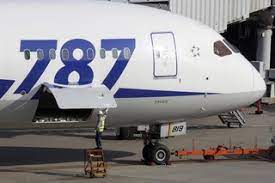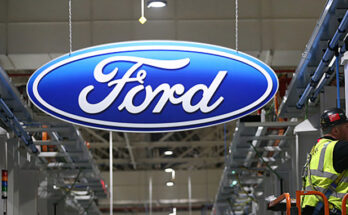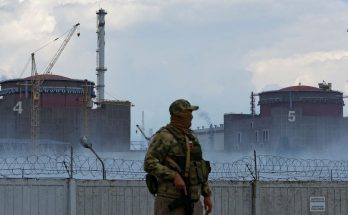By Thaler
The Federal Aviation Administration is investigating a Boeing whistleblower’s claims that the plane-marker’s parts are outsourced from different manufacturers and don’t fit together on the assembly line.
The whistleblower – engineer Sam Salehpour who worked for Boeing for more than a decade – said that the 787 Dreamliners’ fuselages come in different pieces, all from different companies, and as a result is affecting how the pieces of the plane fasten together, The New York Times earlier reported.
Salehpour’s attorneys have also said that workers used shortcuts during the 787 assembly process that added on major airplane joints. In a Jan. 19 letter to FAA Administrator Michael Whitaker, the lawyers said Salehpour made these observations while working on the 787 program in 2021.
“Rather than heeding his warnings, Boeing prioritized getting the planes to market as quickly as possible, despite the known, well-substantiated issues he raised,” attorneys Debra Katz and Lisa Banks added in a Tuesday statement.
Boeing’s 787 plane models also faced scrutiny in 2021, after the Federal Aviation Administration investigated concerns about the vessels’ ability to meet certification standards. The line was halted for a year, and the FAA approved the first 787 Dreamliner for delivery after its probe in August 2022.
Boeing’s entire 787 fleet was also grounded in 2013, when the NTSB found that there were issues with the aircrafts’ lithium-ion batteries that had been short circuiting.
To date, there are roughly 1,113 Boeing 787 aircrafts in service, primarily used by United and American Airlines in the US, as well as Japan Airlines and the Japanese All Nippon Airways carrier.
When asked about whether it was probing Salehpour’s claims, the FAA confirmed that it “thoroughly investigates all reports.”
“Voluntary reporting without fear of reprisal is a critical component in aviation safety. We strongly encourage everyone in the aviation industry to share information,” the federal agency added in a statement.
The Seattle-based aircraft giant told that it was “fully confident in the 787 Dreamliner,” adding, “These claims about the structural integrity of the 787 are inaccurate and do not represent the comprehensive work Boeing has done to ensure the quality and long-term safety of the aircraft.”
Boeing’s shares tumbled as much as 2.5% on Tuesday after the Times initially reported on the issues with the 787 Dreamliner’s assembly line.
Boeing’s stock closed at $178.12 per share – a nearly 2% drop from the previous trading day.
Salehpour’s allegations expand upon the intense scrutiny Boeing has faced regarding the safety of its airliners ever since a near-disastrous panel blowout at 16,000 feet in early January that the National Transportation Safety Board said resulted from four missing key bolts.
Aside from the reputational damages the incident caused, Boeing has started to pay financial damages related to the mid-air incident.
Earlier this month, Alaska Airlines revealed in a Securities and Exchange Commission filing that Boeing paid the airline roughly $160 million as an “initial payment” for “financial damages” resulting from the flight that experienced a midair door blowout.
Alaska Airlines, which was operating the Boeing plane at the time the fuselage blew off, said in a regulatory filing that it lost “approximately $160 million” in its first quarter in pretax profit, “primarily comprising lost revenues, costs due to irregular operations and costs to restore our fleet to operating service.”
Boeing is “expected” to provide “additional compensation” in the future, per the documents, though it wasn’t immediately when or how much more the airplane manufacturer would be handing over – or when.
Boeing also remains under a May 28 deadline from the FAA to develop “a comprehensive action plan to address its systemic quality-control issues.”
The federal agency has also already delayed certification of Boeing’s MAX 10 models – the largest in its family of 737 MAX aircraft – and barred the plane maker from expanding production of its best-selling 737 MAX narrowbody jets in the wake of the Jan. 5 door blowout.




